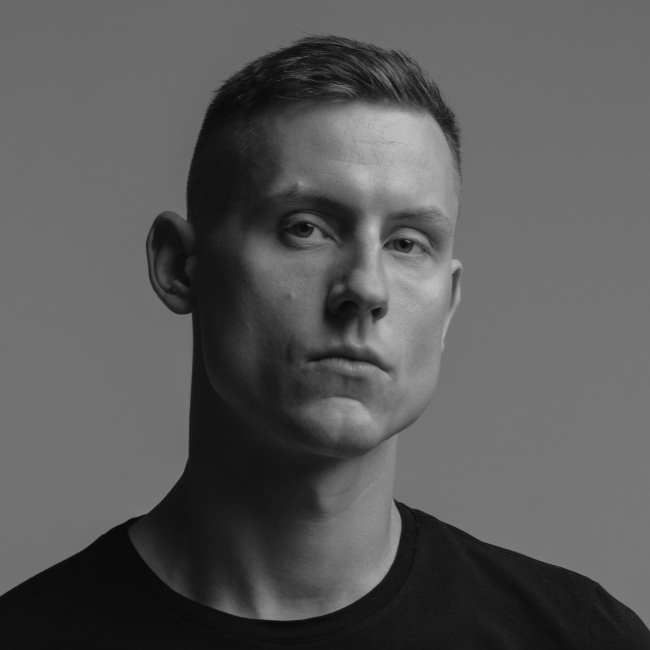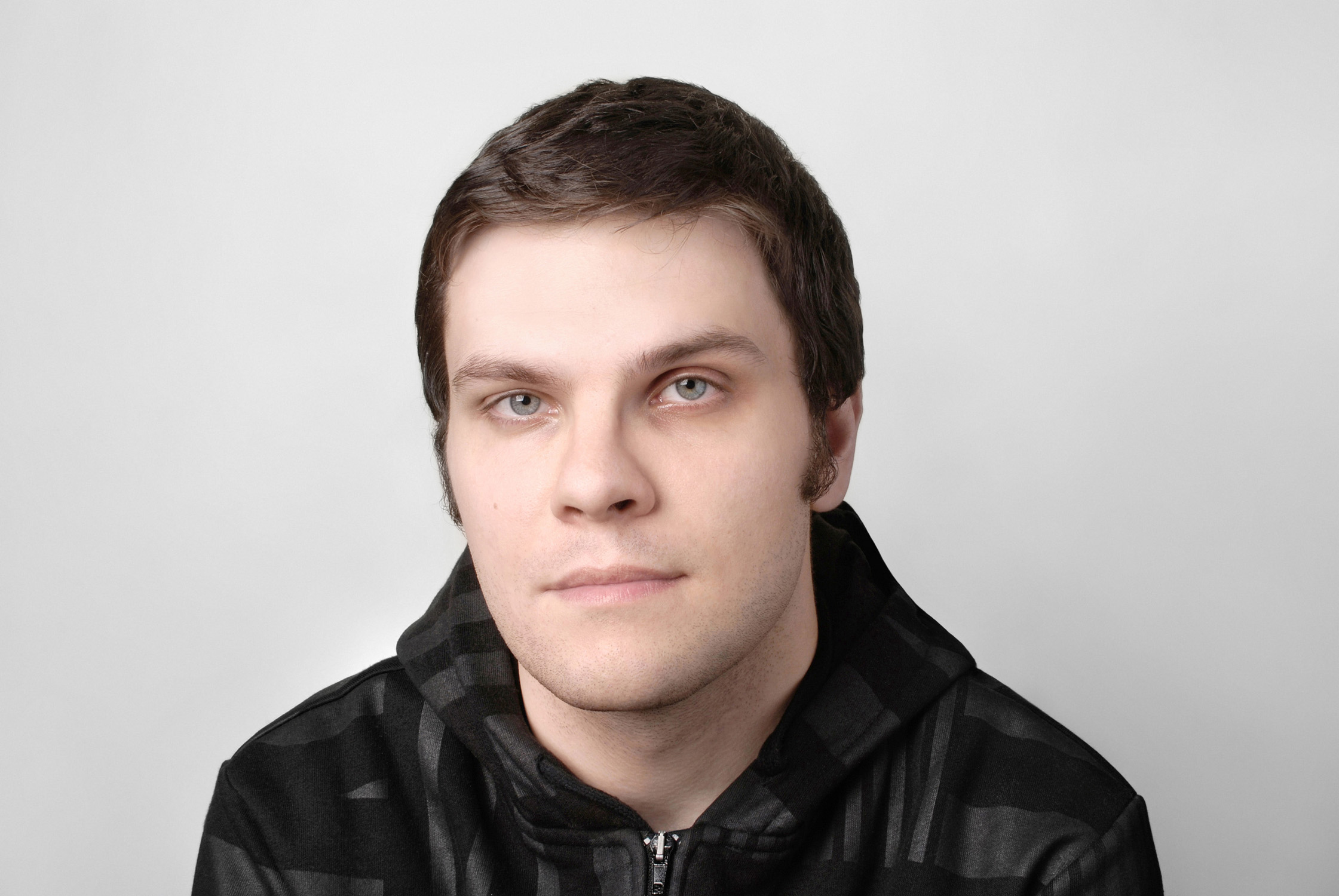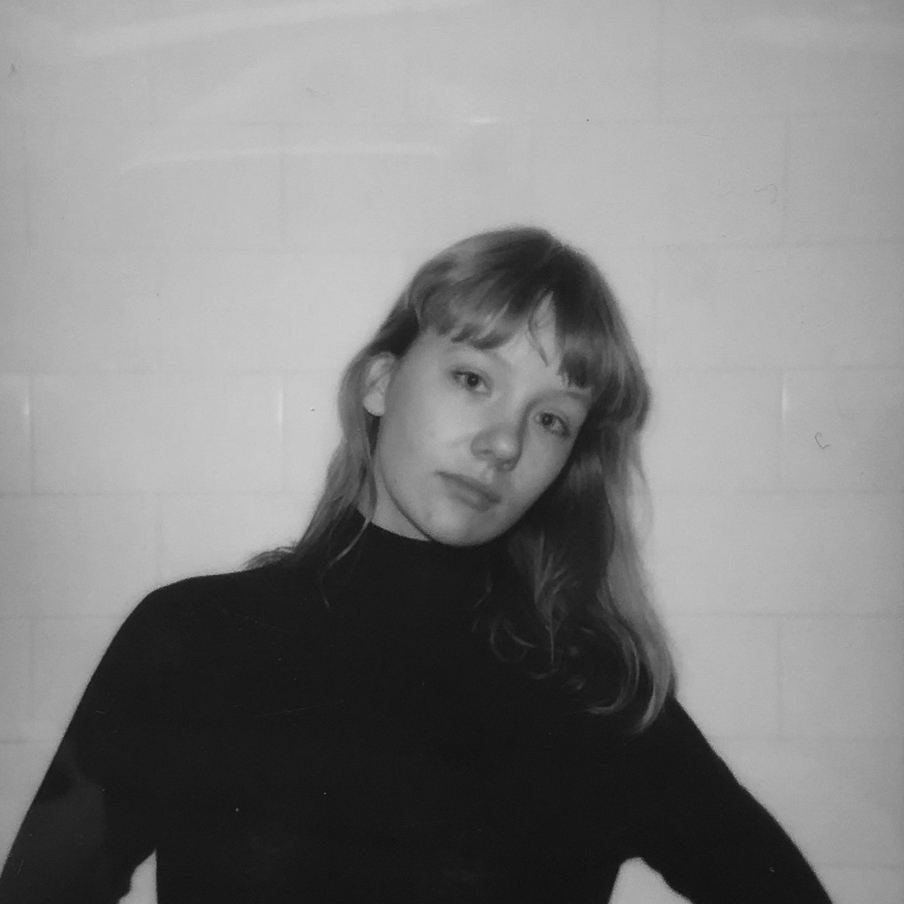Following a critical, performative and digital shift, artistic activities are gaining new ground today, allowing tensions between non-physical properties and models stretched over space. Tools such as real-time graphics, neuronal networks and deep learning are ever-more frequently applied in imagery development and setting game rule. Claiming human cognition to be but a subjective replication of objectively existing reality in the human mind, the theory of reflection (Abbildtheorie) is gradually losing ground to contemporary studies in physics, and tensions at the intersection of relativity and quantum mechanics theories. The fluid dynamism of new solutions may well morph into an initiator of delusion, diffraction, or Bostrom-esque collective or individual simulation, shifting beyond mere divagation. Is found footage but dream matter of collective memory? How does its relativity actually work in the context of video plasticity, or afterimages arising from successive expositions? In what ways will codification of signage and its importance affect processes and projections – and is the moment of reaching highly convincing representations of reality truly that distant? Can renderings basing on ray tracing and global illumination (energy- and photon mapping-related) methods, caustics and surface shadowing imagery included, affect semiotic communication aspects, and do they in any way tie in with Thomas Young’s experiment? Which properties of database-driven generative digital environments will impact the anti- or dystopian nature of space?
Image morphology can be dynamic, representations potentially turning into artefacts, texts, objects, sounds, or environments. Anchored in reality, digital representations are ultimately gaining physical display in an expression of auteur communicating methods. In the course of a panel debate joined by creative persons, we will be focusing on issues tying in with selected artistic strategies. All decisions made in the process of designing recipient experience will become something akin to leaven for pondering poetics in the context of rendering and perception mechanisms, including aesthetic examination of experience and sensual cognition. We will try to answer the question whether visual language boundaries are permanent, its components restricted. How are sender-receiver relationships evolving in today’s times of values review and alteration?
Morfologia obrazu może być dynamiczna: przedstawienia mogą być artefaktami, tekstami, obiektami, dźwiękami lub środowiskami. Reprezentacje cyfrowe zakotwiczone są w realności, finalnie zyskując fizyczny display, będący wyrazem autorskiego sposobu komunikacji. Podczas panelu z osobami twórczymi poruszymy zagadnienia obranych strategii artystycznych. Decyzje podejmowane w procesie projektowania doświadczeń odbiorców staną się zaczynem w dyskusji o poetyce w kontekście sposobów przedstawiania i postrzegania, razem z estetycznym badaniem doświadczeń i poznaniem zmysłowym. Postaramy się odpowiedzieć na pytanie, czy granice języka wizualnego są stałe i czy jego składowe są ograniczone. Jak kształtują się relacje nadawczo-odbiorcze w momencie przewartościowania, jakie obecnie zachodzi?






